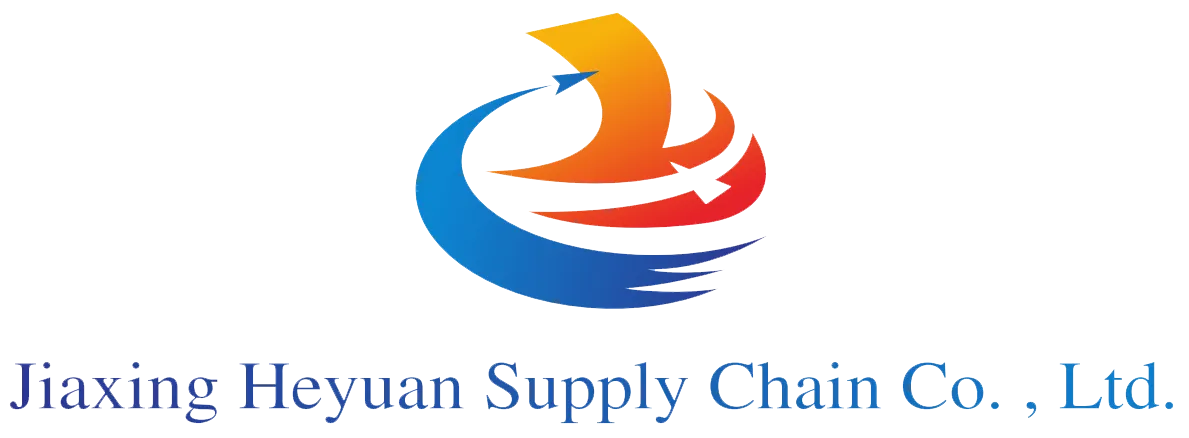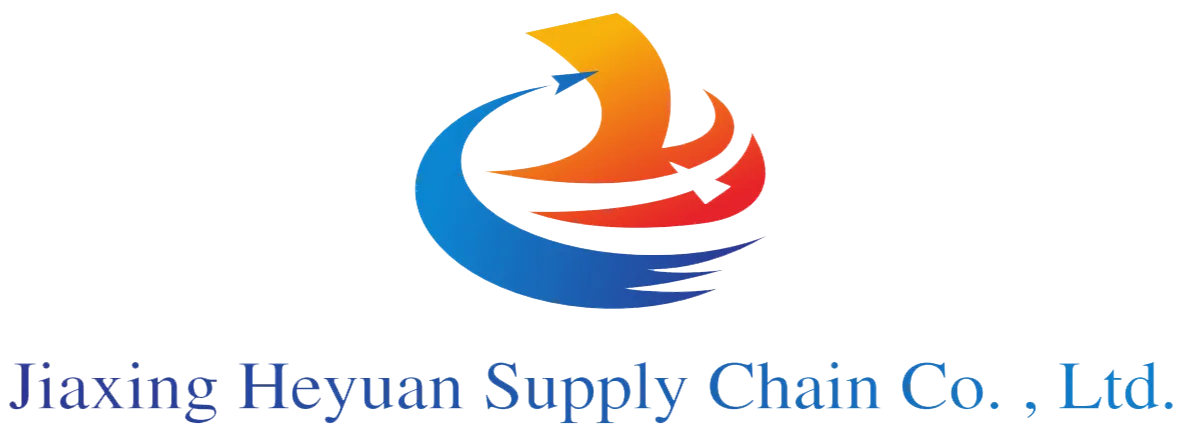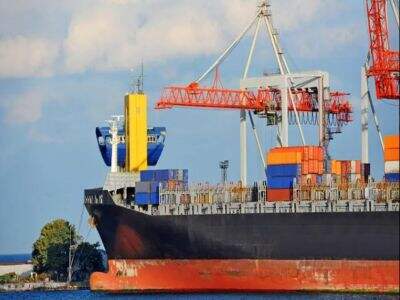Today, we will show you how to avoid customs clearance pitfalls in import and export. When trading goods between different countries through customs clearance, there are several phases involved. Knowing these steps could lead you to success.
Errors in Customs Clearance Process
There are a lot of steps and rules to keep in mind while importing and exporting products. Due to this, the customs clearance process can lead to mistakes. The paperwork is a source of error, too. Documents: All your documents should be accurate and complete. If you don’t have your paperwork correct, delays and problems can occur.
Not knowing the customs rules for various countries is another snafu. Every country has its own regulations that exporters and importers should abide by. If you have not read and understand these rules, you may run into problems that can prevent your shipment.
Finally, a poor understanding of the Incoterms can lead to issues as well. The fact that Incoterms is a means of communicating who does what when it comes to shipping makes it an important topic to understand. But if you use them incorrectly, it can cause confusion and error.
HOW TO CUSTOMS CLEARING EASIER?
Here are a few tips to avoid these pitfalls:
Start by ensuring that your paperwork is complete, accurate and current. That means making sure that all of the forms are filled out correctly, and that you have all the documents you need, etc. If everything is in order, your customs clearance will proceed smoothly.
Second, learn as much as you can about the customs rules of the countries you're doing business with. By understanding these rules, you can avoid trouble and ensure that your behavior is compliant with the law. This is something you can read about online or talk to experts about or something.
Third, use a customs broker to assist you with the procedure. A customs broker is a specialist with extensive knowledge of customs clearance. They may walk you through the steps and make sure everything is done correctly. This saves you time and lessens the likelihood of error.
Fourth, familiarize yourself with the Incoterms and apply them appropriately in your shipping contracts. Understanding how to use these terms can make clear to you and the person/company with whom you are trading what each of your responsibilities is in the shipping process.
Finally, always review your customs forms before you submit them. Big delays can come from a small mistake, so be sure to go over everything with a fine-tooth comb.
Steps for Customs Clearance
Gather Your Paperwork: The customs clearance process begins by gathering all your paperwork. You will have to complete and submit forms that outline what you are bringing in or out of the country, how much it weighs and how much it is worth. Though this information is hugely important to customs, as it outlines what products are being sent or received.
Additional documents like invoices, bills of lading, and packing lists will also be required. Invoices specify the value of the goods; bills of lading are contracts that outline the shipment; and packing lists describe what’s in the shipment. When your paperwork is ready you will submit it from your customs processing.
Customs Clearance: What to Expect
These tips are some to consider to clear customs:
And first, make sure you are using the correct customs forms. Different countries may use different forms, so be sure that you have the right ones for your shipment.
Second, check every piece of your documentation closely. That includes verifying HS codes that categorize your goods, in addition to valuation and customs duties that may come into play. To avoid delays, make sure this information is accurate.
Third, you should brace for potential delays and extra costs. Customs sometimes take longer than expected and/or might generate additional tariffs. Knowing this can help you continue to remain calm and prepare as necessary.
Finally, if in doubt, do not be afraid to turn to a customs broker or another professional for help. Do not be afraid to ask questions, it is better to ask than to guess and make a mistake.
Tip to Ensure Seamless Customs Clearance
Here are best practices to make customs clearing easier while international trading.
This includes know the customs regulations of the countries you are dealing with. Familiarity with these regulations will facilitate a smoother experience.
Second, double check your paperwork to ensure it is accurate and complete. Doing so—a very simple step—can prevent many headaches and save a lot of time.
Third, hire a customs broker to help you through the process. And they can help you verify everything is accurate and can offer guidance.
Fourth, be aware of the Incoterms and how to use them. This will make sure every person associated with the shipment has an idea of the functions they need to carry out.
Finally, plan for potential delays and cost overruns as you go. Realizing that these can happen will help you adjust your expectations and plan accordingly.
So, to summarize: following these steps and tips we talked about can help simplify your customs clearance process and avoid importing and exporting mistakes. We at Heyuan hope this article will guide you throughout the process, so do contact us if you need a hand!

 EN
EN
 AR
AR
 BG
BG
 HR
HR
 CS
CS
 DA
DA
 NL
NL
 FI
FI
 FR
FR
 DE
DE
 EL
EL
 HI
HI
 IT
IT
 KO
KO
 NO
NO
 PL
PL
 PT
PT
 RO
RO
 RU
RU
 ES
ES
 SV
SV
 TL
TL
 ID
ID
 LT
LT
 SR
SR
 SK
SK
 SL
SL
 VI
VI
 ET
ET
 HU
HU
 MT
MT
 TH
TH
 TR
TR
 FA
FA
 AF
AF
 MS
MS
 GA
GA
 KA
KA
 LA
LA
 MY
MY


